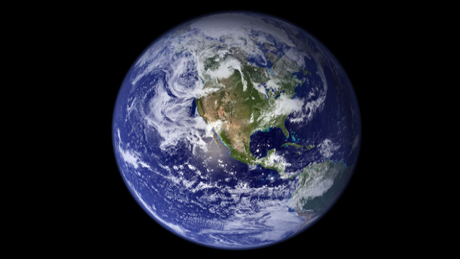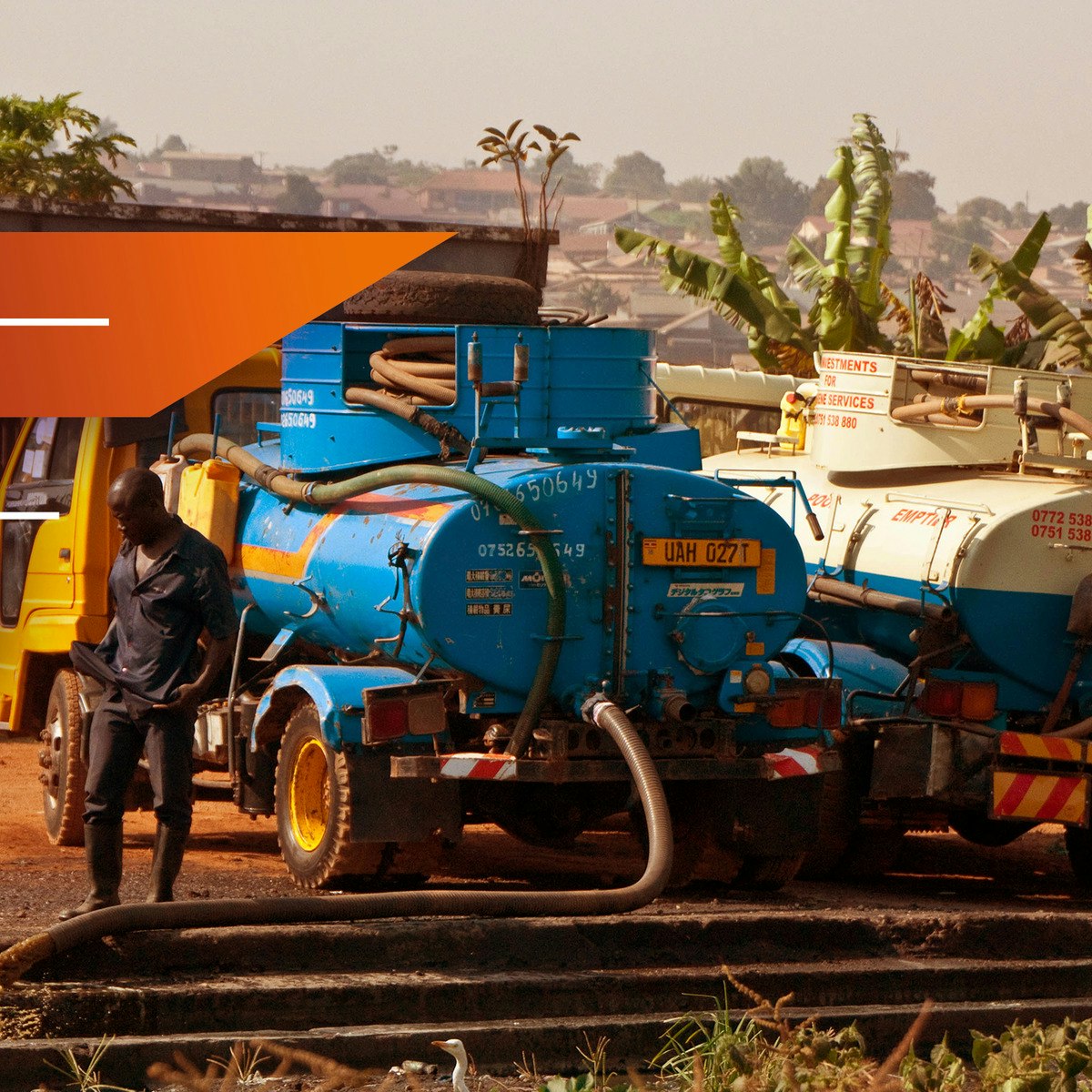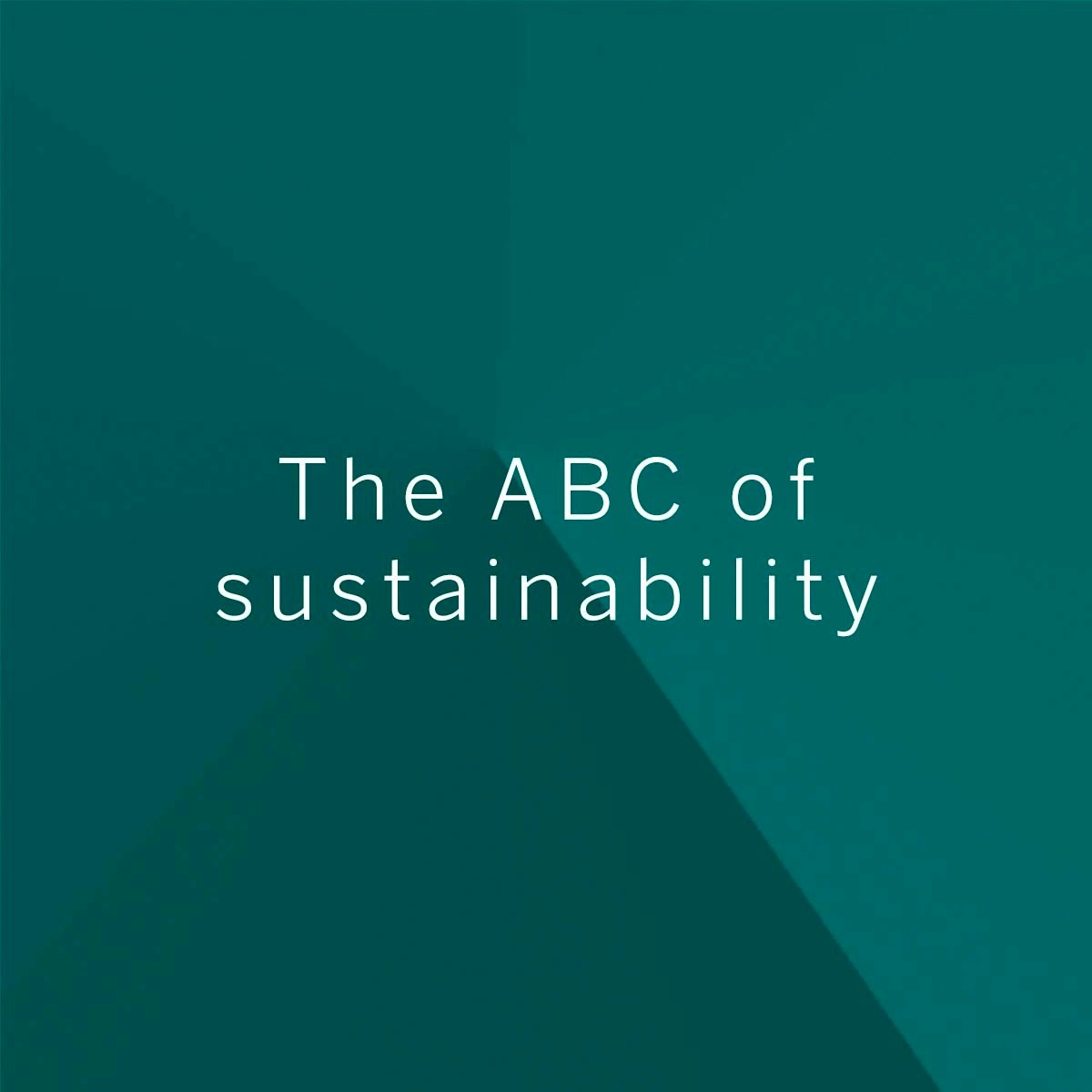Back to Courses









Environmental Science And Sustainability Courses - Page 11
Showing results 101-110 of 151

Planning for Climate Change in African Cities
Climate change poses a threat to economic growth and long-term prosperity of many countries around the world. Africa is not an exception, considering the actual and potential impacts of climate change and climate variability that will threaten its vulnerable sectors and human populations. African countries are projected to experience changing rainfall patterns, rising sea levels, and higher temperatures that will affect food security, agricultural production, water availability, and public health, among others. These climate change impacts and climate variability can further produce social and political problems, such as rural-urban migration and water resource disputes.
Furthermore, the low levels of development in many African countries, as well as limited institutional, infrastructural, and technical capacities to respond successfully to climate change impacts and climate variability, can exacerbate the situation. In terms of contribution to greenhouse gas (GHG) emissions, although African countries are the lightest polluters, it has also become apparent that alternative energy sources can offset the increasing energy demand and dependence on biomass. Addressing climate change offers possibilities for low-carbon development. Moreover, there are promising mechanisms that can address both climate change actions and development goals simultaneously.
At the city level, strengthening resilience, or the ability to respond to and absorb the effects of a hazardous event in a timely and efficient manner and to sustain this ability in the future, and adaptation; the process of adjusting to actual or expected climate change stimuli or their effects, should be at the forefront of planning. Local governments have an important role to play through the provision of adequate infrastructure, regulation of land use, and other public services that are crucial for urban resilience. Mobilizing local governments, in collaboration with national governments, non-governmental organizations, and international organizations, among others, is also critical for an integrated multi-sectoral approach to climate change.
The Course on Planning for Climate Change in African Cities provides the foundation for understanding cities’ exposure and sensitivity to climate change, and how cities can manage these impacts in the face of growing uncertainty. It does so by introducing the basic concepts of urban resilience and adaptation, by using illustrative case studies in different African cities. Furthermore, this module provides lectures on the different approaches for climate change planning, whether ad hoc, strategic or mainstreaming; introduces the different steps in the planning cycle – from initial assessment to monitoring and evaluation; and presents the different decision support and assessment tools for prioritizing climate change actions. This course broadens the discussion on planning for climate change by engaging learners to apply their knowledge and practice their decision-making skills in a simulated exercise.
In line with development that minimizes the harm caused by climate change impacts, while maximizing the many human development opportunities presented by a more resilient future, we ask: what are the connections between urban risk and vulnerability? How is climate change and urban resilience conceptualized and applied in practice? Which policies and measures should be introduced to address climate change? Finally, how to choose among different measures that address climate change adaptation, urban resilience, and other development objectives?
Course Objectives:
At the end of this course, learners should be able to:
• Recognize the effects, impacts, and drivers of climate change in cities
• Understand the drivers of urban risk and vulnerability in the context of climate change
• Distinguish the typologies, approaches, and tensions of climate change adaptation
• Explain the different approaches and steps in climate change planning
• Examine the decision support and assessment tools for climate change
• Develop a climate change plan based on participants’ city contexts

Sustainability Challenges for the Planet and Employers
This course builds on the foundational knowledge gained in the first course in the series. Learners will continue to shape their understanding of global problems like climate change while developing their skills in using sustainability indicators, managing waste streams, addressing challenges, and providing green building recommendations. Mixed modalities continue to be used to provide text, video, interactive activities, and peer reviews so all learners can add to their knowledge around sustainability issues. Content overviews and instructional lecture videos produced with ASU School of Sustainability professors are the cornerstones of the content presented in this course.
Topical and practical knowledge is the central combination of elements driving this course. Through interactive learning objects and peer-reviewed submissions, learners have the opportunity to practice their skills and receive feedback from experts and their fellow learners. Learners also participate in regular knowledge checks throughout the course, with mid-course and final assessments to evaluate their overall learning.
This course uses interactive activities, hands-on experiences, and opportunities to build tools like checklists and memo templates to help learners gain confidence in their skills and support their entry into the workforce. Building on the skills they have learned in the first course, this learning experience provides learners with more specialized knowledge while still tying it to real-world scenarios and skills that they will need when they get into the field as sustainability analysts.

The Meat We Eat
The Meat We Eat is a course designed to create a more informed consumer about the quality, safety, healthfulness and sustainability of muscle foods and address current issues in animal agriculture in developed and developing countries.
Introduction to Sustainability
This course introduces the academic approach of Sustainability and explores how today’s human societies can endure in the face of global change, ecosystem degradation and resource limitations. The course focuses on key knowledge areas of sustainability theory and practice, including population, ecosystems, global change, energy, agriculture, water, environmental economics and policy, ethics, and cultural history.
This subject is of vital importance, seeking as it does to uncover the principles of the long-term welfare of all the peoples of the planet. As sustainability is a cross-disciplinary field of study, this foundation requires intellectual breadth: as I describe it in the class text, understanding our motivations requires the humanities, measuring the challenges of sustainability requires knowledge of the sciences (both natural and social), and building solutions requires technical insight into systems (such as provided by engineering, planning, and management).

Introduction to Faecal Sludge Management
Do you want learn how to apply concepts of sustainable faecal sludge management (FSM) on a city-wide scale? This course starts with an overview of what faecal sludge is and an introduces you to the engineering fundamentals and required information for the design and selection of technologies. Sanitation solutions are prone to failure if an integrated planning approach that includes stakeholder involvement and the development of appropriate institutional, management and financial arrangements is not implemented. The course therefore dedicates a complete week to presenting the full picture, in addition to technology, that needs to be considered for sustainable solutions. It concludes with a focus on current research and innovations in technologies, to provide an understanding of the most up-to-date options.
This course is one of four in the series “Sanitation, Water and Solid Waste for Development".

Electric Vehicles and Mobility
The purpose of Electric Vehicles and Mobility is to help you, whatever your profile, your training or your country, find your own answers to questions such as:
- Will electric vehicles be the last to be allowed in megalopolises in the 21st century?
- Does the environmental gain from vehicle electrification justify heavy investment in charging infrastructure?
- Are electric vehicles only for wealthy people in developed countries?
This course will allow you to acquire elements from engineering science, sociology, environmental science, political science, economics, management science, in order to evaluate, analyze and implement the diffusion of electric vehicles where their use is relevant.
This MOOC is the English version of Mobilités et véhicules électriques; in the lecture videos, the teachers speak in French, nevertheless their presentation is in English and English subtitles are available.
Groupe Renault and ParisTech schools have been working together for almost 15 years on topics related to sustainable mobility. Together, they created two Master programs (Transport and Sustainable Development in 2004, Mobility and Electric Vehicles in 2010) and the Sustainable Mobility Institute Renault-ParisTech in 2009, to support ongoing changes. Electric Vehicles and Mobility is the result of this shared history and was developed from a course delivered within the Master Mobility and Electric Vehicles, led by Arts et Métiers ParisTech in partnership with Ensta ParisTech, Mines ParisTech and École des Ponts ParisTech.

Valuing nature and people to inform business decision-making
The aim of the course is to introduce businesses employees to the Capitals Approach and help them to get started with integrating natural, social and human capitals into business decision-making. This course is an introductory course; no prior knowledge of natural, human or social capital is needed.
The course provides a comprehensive introduction to the capitals approach and to undertaking a natural capital assessment, and is available for all employees and leaders, sustainability practitioners, procurement officers, accountants, human resources, auditing, strategy, risk management and finance departments. The material is covered in good depth and will require time and commitment to learning. Due to its comprehensive character, the course may be less suited to C-level management.
The course consists of four modules and its structure follows the internationally recognized Natural Capital Protocol and Social and Human Capital Protocols. The course features many business examples to demonstrate why and how other businesses have integrated natural, social & human capital impacts and dependencies into their decision-making and management practices.
The first two modules guide learners through risks and opportunities related to nature, people and society; introduce the concept of a Capitals Approach and present the business case for undertaking an integrated capitals assessment. The third and fourth modules focus specifically on natural capital and how to get started with a natural capital assessment. These modules guide learners along the scoping stage and introduce students to measuring and valuing natural capital.
By the end of the course, participants are expected to have learned about the different capitals, why it is essential to embed them into business decision-making, and how to get started with a capitals assessment. Future course specializations will build upon this introductory course, by providing additional content on social and human capital and allowing the learner to go more in depth with the content and application.
This course has been developed by the Capitals Coalition, supported by We Value Nature, a collaboration between ICAEW, WBCSD, IUCN & Oppla, with the support of Nature^Squared.

The ABC of sustainability
The sustainability agenda is currently key to companies, governments and citizens. It’s vital for people to have first-hand knowledge of the basic concepts in order to understand all issues related to sustainability as a vector of systemic change in the economy, society, companies and our lives.
The course is an introduction to sustainability, regarded as a cross-cutting discipline in our society (in the public and private international spheres) that’s based on the most updated public information on economic, social and environmental issues. It outlines how sustainability is holistically applicable to everyday situations in the population, natural resource use and the global economy and in its interaction with the biosphere, as well as social factors such as a fair transition, equity, equality, diversity, human rights, education and health.
By the end of this course you’ll have obtained a broad overview of the key challenges and potential solutions to achieve sustainable, socially just and environmentally possible development while respecting the planetary boundaries.

Climate change and Indigenous People and local communities
Climate change is a global phenomenon, but its impacts vary among different social groups, who perceive and adapt to climate change impacts in different ways. In this course, you will:
a) understand the different debates around climate change impacts on Indigenous Peoples and local communities (IPLC);
b) familiarize yourself with different impacts of climate change on IPLC, with the IPLC understanding of climate change impacts and with their strategies to adapt to climate change; and
c) learn about different strategies to incorporate Indigenous peoples and local communities in climate change research and policy.
The course includes a theoretical and a methodological component, through which you will learn methodologies to conduct research on Indigenous Peoples and local communities’ perceptions of climate change impacts.

Sex from Molecules to Elephants
About this course
Skip About this course
Sexual reproduction can be defined as the sort of reproduction by which each organism arises from the fusion of two cells. This generally implies, with some exceptions, that each organism has two parents.
This description might sound trivial it is however not at all. Before the appearance of sex, organisms reproduced solely by division. One cell divided into two cells, no partners, no fusion, just simple cell division. This simple cell division is still here. In fact, the trillions of cells that make up your body are all the descendants of a single cell that underwent several dozens of cell divisions. Surprisingly, most multicellular, as well as, many unicellular organisms reproduce by sex. We might take it thus for granted but this course will show you that it is a rather peculiar and enigmatic process.
This course will provide you with the necessary tools to understand how sex works and to marvel at its mysteries. We will start by meeting the actors of this greatest drama in their native habitats, from ancient bacteria that live in thermal geysers in Yellowstone national park to the great mammals that roam the African savanna. We will also briefly discuss the history of life on earth and its contemporary state.
The second unit defines the rules of the game explaining the mechanisms of heredity and evolution.
The third unit focuses on meiosis, the fundamental and conserved molecular event that forms the basis of sex. And that might have led to the appearance of sex in the first place. We will also explain the fertility cycle and male and female germ cell development. The fourth unit describes the striking variability of sex determination throughout the animal kingdom. We will discuss the requirement for two genders and their considerable cost. Finally, we will dive in the gulf of Aqaba to meet organisms that are both male and female either at the same, or at different times.
Sex requires cooperation between two individuals – a male and a female – that are in a basic conflict of interest. Furthermore, males and females compete among themselves. This complex network of cooperation and conflict forms the fascinating plot we will tell in the fifth unit that will discuss the patterns of reproduction and social behavior of different animals – corals, insects, spiders, fish, birds, and mammals. We will be intrigued to discover that the same basic conflict is resolved by a huge range of approaches, from altruistic behavior all the way to open warfare and infanticide.
The sixth unit takes us to fertilization and beyond. Starting at an IVF clinic we follow embryonic development throughout the animal kingdom from insects to tadpoles and humans.
The seventh unit is dedicated to flowering plants that made our world colorful, sweet-smelling and tasty and that produce almost all animal food.
Popular Internships and Jobs by Categories
Browse
© 2024 BoostGrad | All rights reserved


